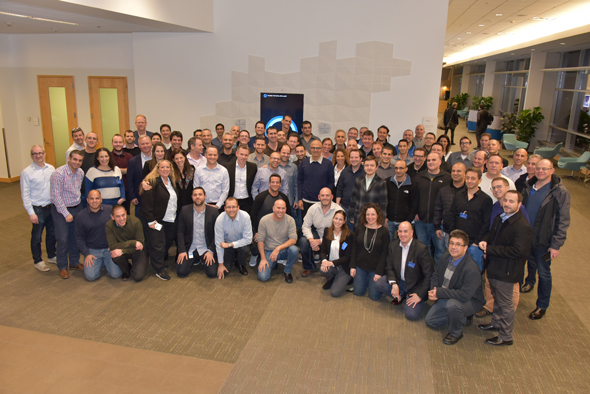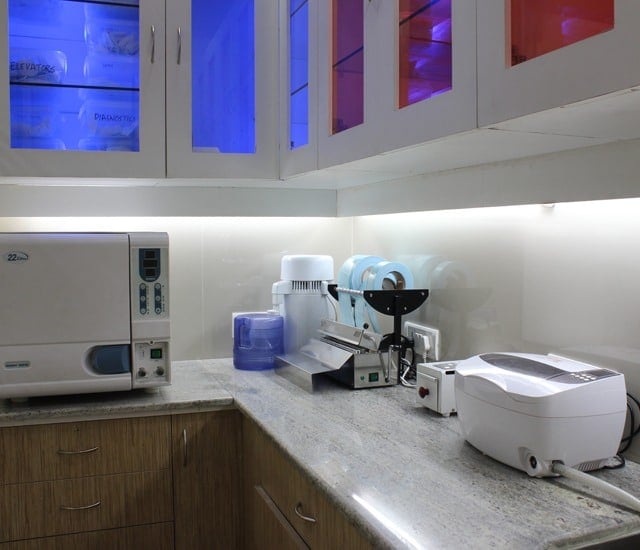

This resulting Clinical Language Engineering Workbench (CLEW) provides a web service platform that the health care community can use to develop and share NLP pipelines, language models, and other algorithms that convert unstructured clinical text to coded data. The HHS Assistant Secretary for Planning and Evaluation’s Patient-Centered Outcomes Research (PCOR) Trust Fund funded CDC and the US Food and Drug Administration (FDA) to develop an NLP Workbench. This information provides clinicians with. The solution, CLEWICU, continuously monitors and categorizes patient risk levels.


This approach works best if there is a large volume of valid training documents from many laboratories and pathologists in the United States. FebruCLEW Medical recently announced that FDA granted clearance and authorization for the use of its artificial intelligence-based ICU solution, used to predict hemodynamic instability in adult patients. Machine-Learning ApproachĪnother method is a statistical NLP approach using supervised machine learning to account for the complexity and variation of electronic pathology reports.
Clew medical software#
Keeping the dictionary updated so the software would not miss valid pathology reports was a challenge. CLEW will develop machine learning models that have the potential to optimize clinical resources and guide health care providers in predicting patient. In addition, common errors like misspelling, transposed letters, or extra white space could prevent the software from recognizing and processing a case. Unfortunately, the number of possibilities for these terms and representations is nearly infinite. In the past, CDC’s eMaRC Plus software used a dictionary-based NLP approach that required inclusion of every possible term, abbreviation, or representation of a reportable cancer before the software could find a case. CLEW Medical has 5 current employee profiles, including CEO Gal Salomon.


 0 kommentar(er)
0 kommentar(er)
